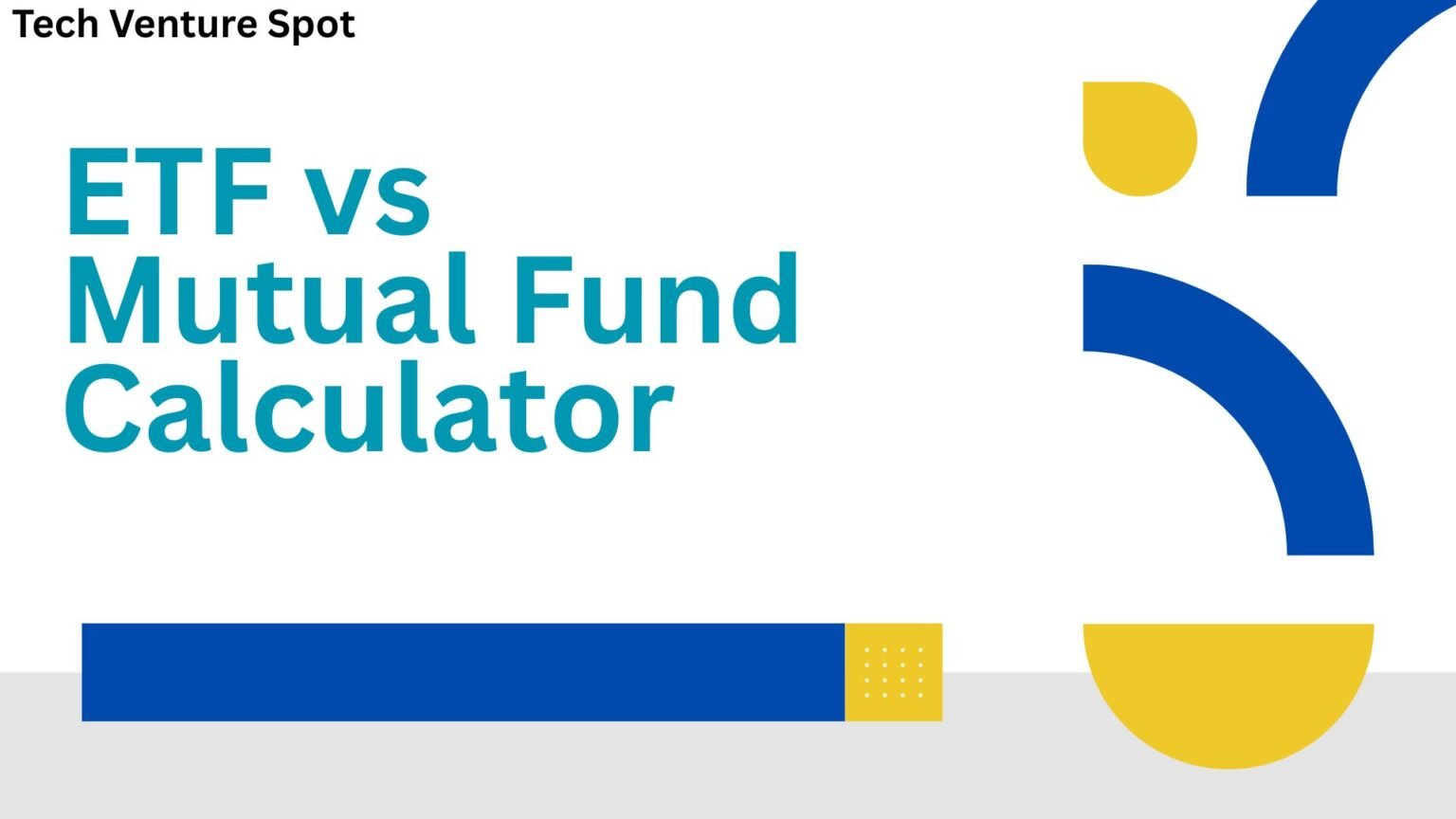Business Loan EMI Calculator—Calculate EMI in India
Having a business implies borrowing money all the time—but the only question is always, "How much will my EMI be?" Our EMI calculator gives you instant solutions in seconds. Just enter the loan value, interest rate, and tenure.
Interactive Calculator
Using the standard EMI formula: P × r × (1+r)^n / ((1+r)^n – 1), where P = loan amount, r = monthly interest rate, and n = number of months.
Your Loan Summary
Amortization Table (First 6 Months)
An amortization schedule provides the distribution of each EMI to interest and principal over the loan period. Early EMIs pay more interest; later EMIs pay more principal.
| Month | Principal (A) | Interest (B) | EMI (A+B) | Outstanding Balance |
|---|
EMI Formula & Example
For a loan of ₹10,00,000 at 12% for 5 years, the breakdown is as follows:
- ✔️Monthly EMI: ₹22,244
- ✔️Total Interest Payable: ₹3,34,664
- ✔️Total Repayment: ₹13,34,664
Fees, Charges & Their Impact
Knowing your EMI is crucial for planning cashflow. However, the final amount can be affected by other factors. Here's what to consider:
Processing Fees & GST
A one-time processing fee (1-3% of the loan amount) plus 18% GST on that fee is usually charged upfront. This increases the total cost but doesn't alter the monthly EMI.
Insurance Premiums
Some lenders bundle loan protection insurance. The premium might be added to the principal amount, which would increase your EMI, or paid separately.
Compounding Terms
Almost all loans in India use monthly compounding on a reducing balance. This is the standard reflected in our calculator. Be wary of any "flat rate" calculations, as they are more expensive.
Why is EMI different with different lenders? → Besides the interest rate, variations in processing charges, GST, and insurance premiums can alter your total outgo.
Prepayment & Refinancing Effects
You can significantly reduce your interest burden through strategic actions:
- Prepayment: Paying a lump sum towards your principal. For example, prepaying ₹2,00,000 in year 2 on a ₹10 Lakh loan could save you nearly ₹70,000 in interest.
- Refinancing: Moving your loan to another lender offering a lower interest rate. Refinancing from 12% to 10% can lower your EMI from ₹22,244 to ₹21,247, saving you over ₹60,000 in the long run.
Comparing Lenders and Loan Types
| Lender / Loan Type | Interest Rate | Pros | Cons |
|---|---|---|---|
| Banks (SBI, HDFC) | Lower (10-15%) | Lower EMI, trustworthy | Strict eligibility, more paperwork |
| NBFCs | Higher (12-18%) | Quicker sanction, flexible terms | Higher EMI, can have hidden charges |
| Secured Loan | Lower | Significantly lower EMI | Requires collateral (property, assets) |
| Unsecured Loan | Higher | No collateral needed, faster approval | Higher EMI, stricter on cash flow |
Frequently Asked Questions (FAQs)
Why do EMIs vary between banks for the same loan amount?
The primary reason is the interest rate. However, other factors like processing fees, insurance bundling, and specific loan terms also influence the total cost and sometimes the final EMI amount.
Is it possible to reduce my EMI mid-tenure?
Yes. The two main ways are: 1) Prepaying a part of your loan, which reduces the principal, or 2) Refinancing your loan with a different lender at a lower interest rate.
Does EMI change with the RBI repo rate?
Only if you have a floating-rate loan. The interest on these loans is linked to an external benchmark, like the RBI repo rate, and your EMI will change when the bank adjusts its rates.
What is the difference between Flat Rate and Reducing Balance?
A Flat Rate is calculated on the entire loan amount for the full tenure, making it seem cheaper but resulting in a much higher total interest paid. A Reducing Balance rate (the standard for most loans) is calculated on the outstanding loan amount each month. Always opt for a reducing balance loan.
What's the best business loan period?
3–5 years is a common and balanced choice. A shorter tenure means higher EMIs but less total interest. A longer tenure means lower EMIs but a higher total interest payout. It's a tradeoff between monthly affordability and overall cost.


